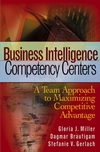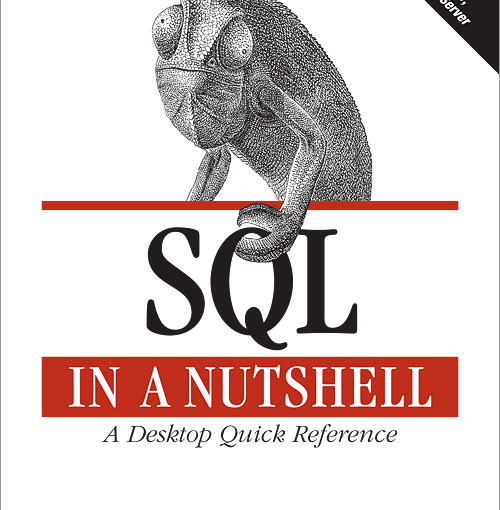 Business Intelligence Competency Centers: A Team Approach to Maximizing Competitive Advantage by Gloria J. Miller, Dagmar Bräutigam, Stefanie V. Gerlach et. al. (ISBN 0-470-04447-0) was released by SAS and Wiley in May 2006. According to Amazon, I purchased it on August 31, 2007. So as you can see, it’s taken me some time to get around to publishing a book review.
Business Intelligence Competency Centers: A Team Approach to Maximizing Competitive Advantage by Gloria J. Miller, Dagmar Bräutigam, Stefanie V. Gerlach et. al. (ISBN 0-470-04447-0) was released by SAS and Wiley in May 2006. According to Amazon, I purchased it on August 31, 2007. So as you can see, it’s taken me some time to get around to publishing a book review.
The term “Business Intelligence Competency Center” or BICC is still in fashion after Gartner started using it nearly a decade ago. Some organizations use the term “Center of Excellence”. Still others coin their own acronyms that no other organizations use, just to feel special. But amidst a sea of business intelligence and analytics books, this is the only one that exclusively tackles the creation of a BICC.
While not completely free of “SAS is the best business intelligence tool EVER” bias, the book is surprisingly vendor agnostic. The book, while cohesive, is a collection of white papers, as each chapter has its own set of authors. The chapters include:
- Introduction (What is a Business Intelligence Competency Center)
- Business Intelligence in the Organization
- Primary Functions of the Business Intelligence Competency Center
- Planning a Business Intelligence Competency Center: Using the Information Evolution Model
- Human Capital
- Knowledge Processes
- Culture
- Infrastructure
- Setting Up and Ensuring Ongoing Support
- Cases from the Field
- Ten Recommendations for a Highly Effective Business Intelligence Competency Center
Business Intelligence is defined as getting the right information to the right people at the right time.
Disclosure of Material Connection: I purchased this book and did not receive it free from its publisher. Some of the links in the post above are “affiliate links.” This means if you click on the link and purchase the item, I will receive an affiliate commission. Regardless, I only recommend products or services I use personally and believe will add value to my readers.I am disclosing this in accordance with the Federal Trade Commission’s 16 CFR, Part 255: “Guides Concerning the Use of Endorsements and Testimonials in Advertising.”




I have this same book and have leveraged it in the past as a valuable reference. However nothing beats the practical knowledge of having successfully implemented a BICC. All of which come with challenges, mostly driven by two more recent market pressures, cost of doing business balanced with the appetite to increase capability by leveraging emerging technologies to remain competitive with solutions that support Advanced Analytics & BI, Big Data, social media, and mobility to drive and or protect the business.
Stephen, thanks for sharing your thoughts. For all the reasons you mention, there’s never a dull moment in this industry.